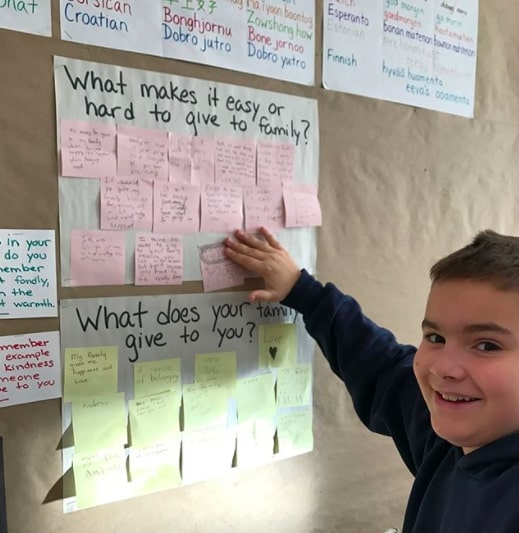 What is social atrophy? Social skills are like muscles: they can get weaker, or atrophy, from lack of use. In everyday interactions, students have to constantly make intuitive decisions about how to understand others’ words and body language, how to react
What is social atrophy? Social skills are like muscles: they can get weaker, or atrophy, from lack of use. In everyday interactions, students have to constantly make intuitive decisions about how to understand others’ words and body language, how to react
appropriately, and how much information to share with people in their lives. These decisions are complicated, but in typical non-pandemic life students get constant practice making these judgments, so often they are able to navigate social situations without a lot of thought.
During the global pandemic, students are getting much less practice with face-to-face communication. Wearing masks and staying socially distant compounds the awkward nature of current social interaction. Having a varied social diet and interacting with different people in different ways, from friends to teachers, to the school bus driver or the person working in the school cafeteria, gives students a sense of belonging to a broad community. Social isolation decreases this network and can lead to feelings of seclusion, loneliness, sadness, irritability, and exhaustion.
What skills do students need to combat social atrophy? A strong social and emotional learning curriculum can help teachers support students as they navigate the current complicated social landscape. Teachers can help students:
- Build and develop self-awareness
- Strengthen their communication skills
- Commit themselves to kindness with thought and intention
- Learn to manage conflict with peers respectfully and without judgment
By helping students strengthen these abilities, teachers are providing students with lifelong skills that will help them communicate and connect with others with empathy and kindness throughout their lives.




